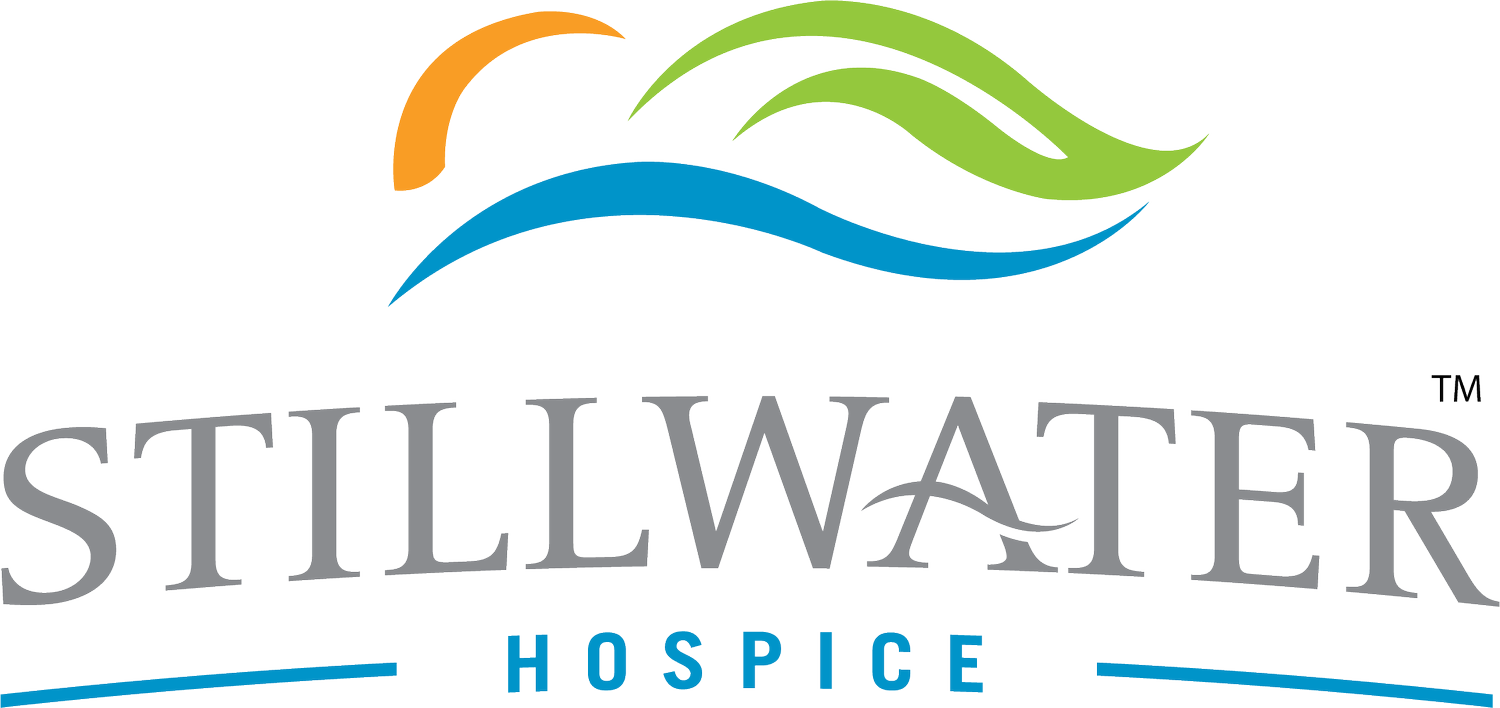Staying Sun-Safe This Summer: What You Need to Know About UV Awareness
As summer unfolds, many of us are drawn outdoors—whether it's relaxing on a shaded porch, enjoying a walk with a loved one, or simply soaking in the warmth of the season. While sunshine can lift our spirits, it also brings important health considerations. July is UV Safety Month, a timely reminder of the risks associated with excessive exposure to ultraviolet (UV) radiation, particularly for older adults.
Ultraviolet (UV) radiation is a form of energy primarily originating from the sun. While some exposure to sunlight is beneficial and uplifting, excessive exposure can cause profound harm to the skin, especially for older adults and those with underlying health conditions.
At Stillwater Hospice, we prioritize the well-being of our patients, caregivers, and families. This includes offering helpful tips to help you or your loved ones enjoy the summer months safely.
What Is UV Radiation, and Why Does It Matter?
UV rays are invisible rays of light that can affect your skin even when you can't feel the heat. There are three main types:
UVA Rays: These penetrate deep into the skin, contributing to aging and long-term skin damage.
UVB Rays: These are more intense and typically cause sunburn. Overexposure to UVB rays is closely linked to the majority of skin cancers.
UVC Rays: These are the most powerful, but thankfully, they're absorbed by the atmosphere and don't reach us naturally. However, they can also be found in artificial sources, such as welding equipment and ultraviolet lamps used for sanitizing.
Simple Ways to Stay Protected
The best way to reduce your risk from harmful UV rays is to adopt a few simple habits:
Seek shade—especially between 10 a.m. and 4 p.m., when UV rays are strongest.
Wear lightweight, protective clothing, including long sleeves, wide-brimmed hats, and sunglasses.
Apply sunscreen with an SPF of 30 or higher that protects against both UVA and UVB rays. Choose a water-resistant option and reapply every two hours or more often if you are swimming or sweating.
Don't forget to include overlooked areas, such as the tops of the ears, the back of the neck, and the scalp.
UV rays can still cause harm on cloudy days, making sun protection indispensable throughout the year.
Additional Considerations for Older Adults
Many seniors may be more vulnerable to heat-related illnesses and skin sensitivity. In addition to protecting against UV rays, keep these tips in mind:
Hydrate often—always have cool water nearby.
Move to a cooler area immediately if you feel lightheaded, overly tired, or flushed.
Use shade intentionally, not just to block sunlight but to cool down and rest.
A Season for Comfort and Care
At Stillwater Hospice, we believe in supporting every aspect of well-being. That involves helping families and patients find pleasure and peace in everyday moments—such as a sunny afternoon—while taking precautions to stay safe and comfortable.
As you enjoy the splendor of summer, remember to prioritize sun safety and help protect the people you love from the long-term effects of UV exposure. A little planning goes a long way toward keeping this season bright, healthy, and full of life.


